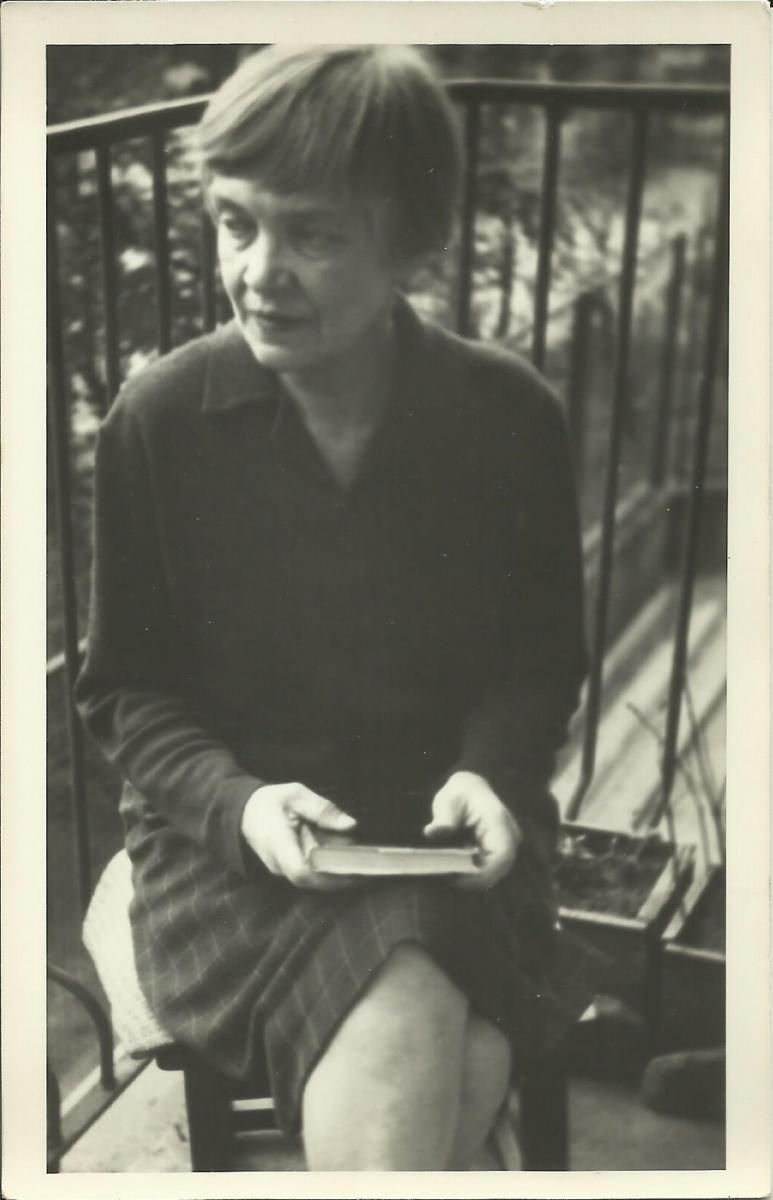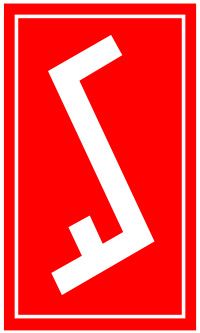Janina Kłopocka
Mediathek Sorted
-
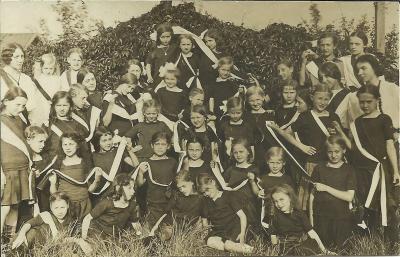
-
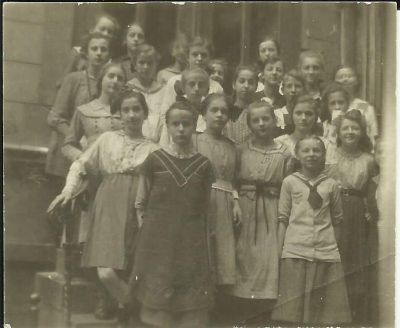
-
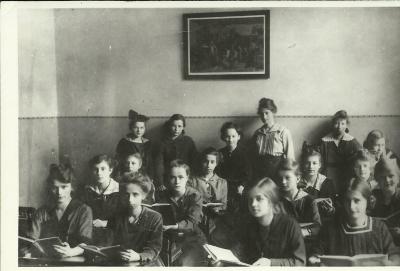
-
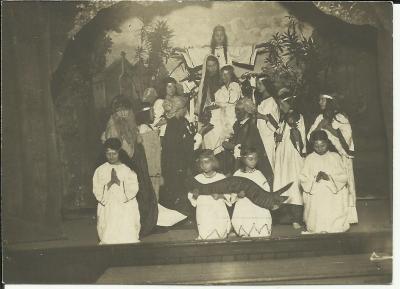
-
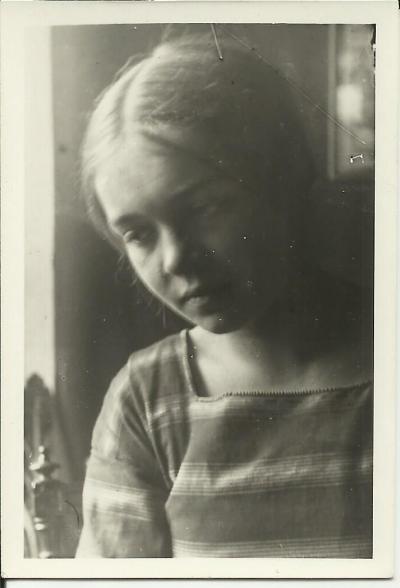
-
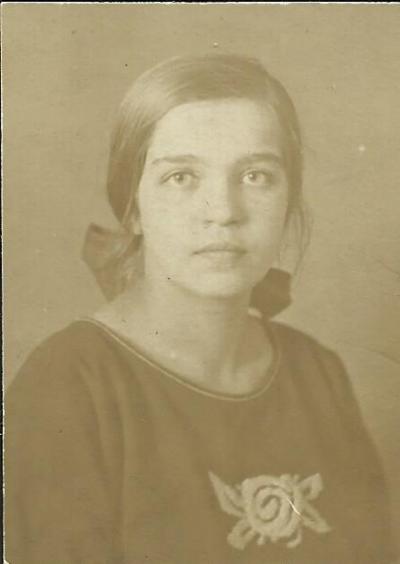
-
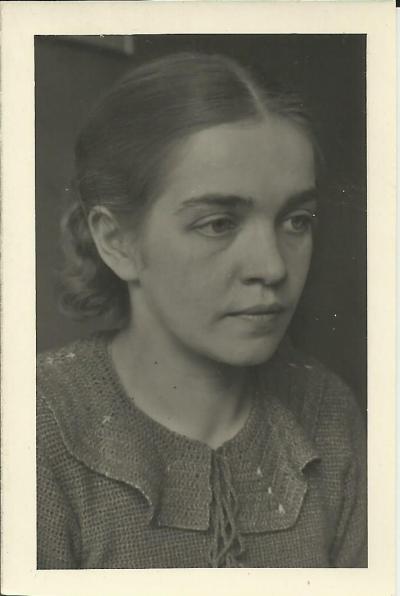
-
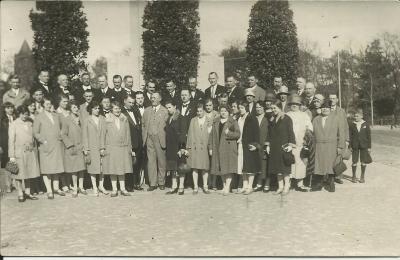
-
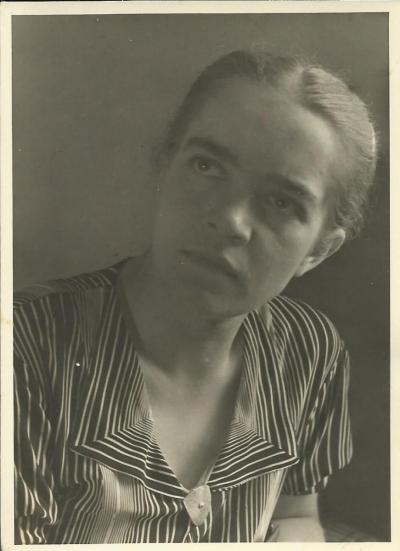
-
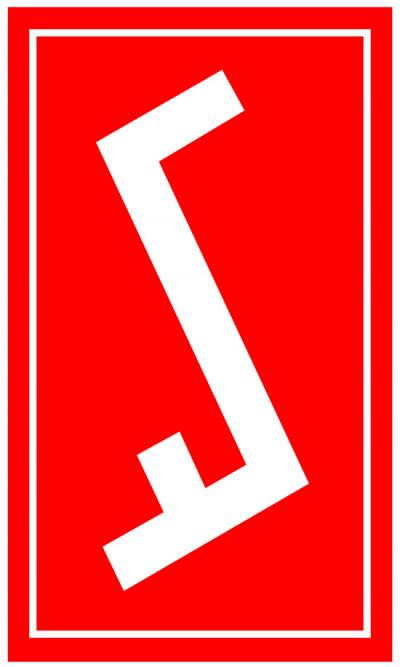
-
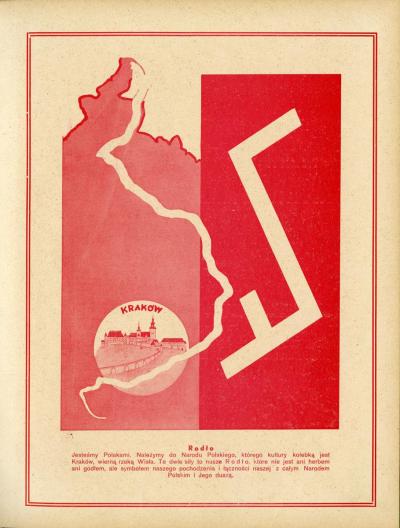
-
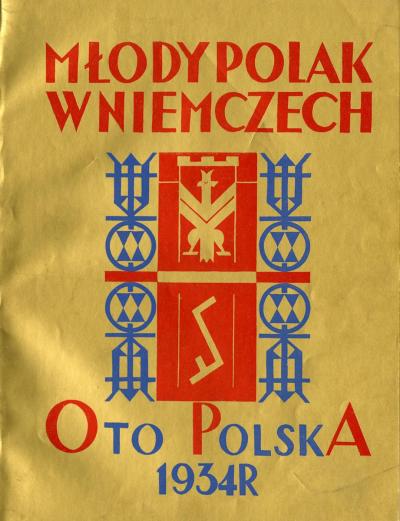
-
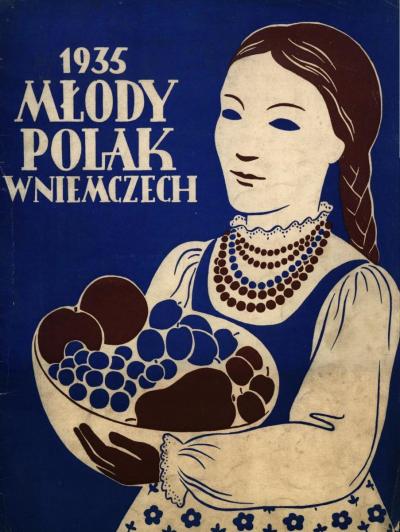
-
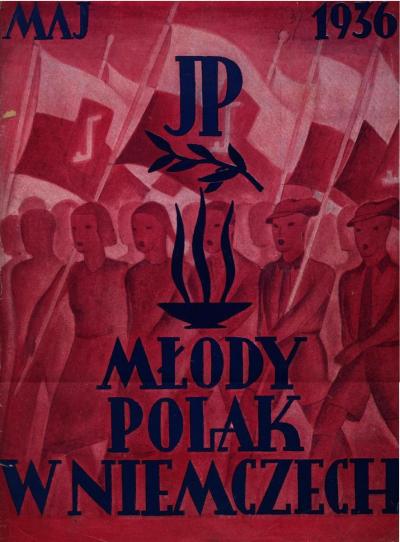
-
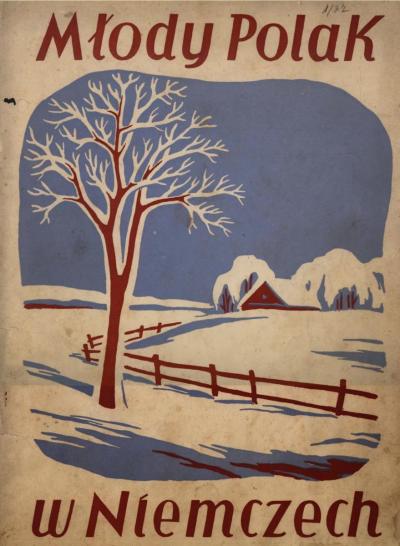
-
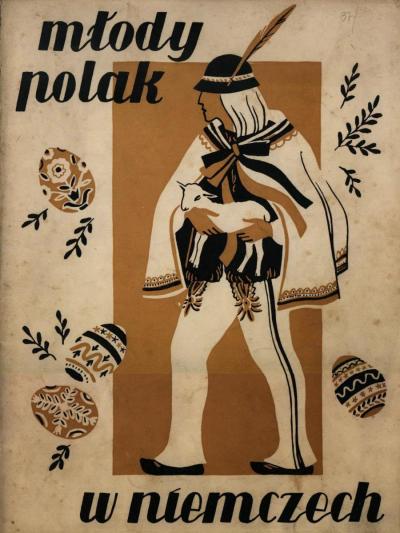
-
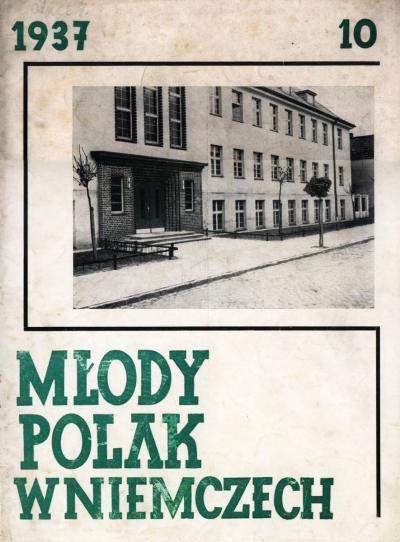
-
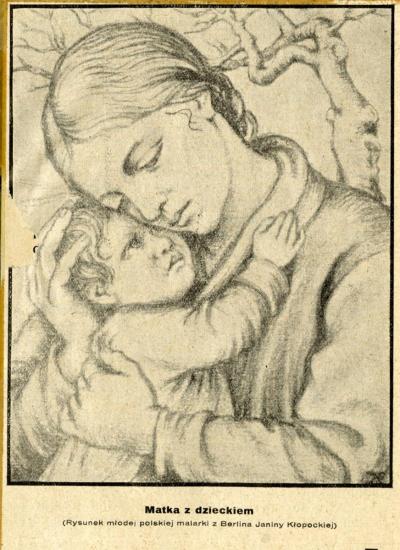
-

-
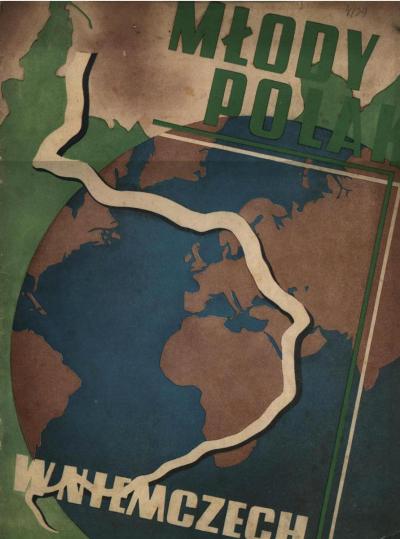
-
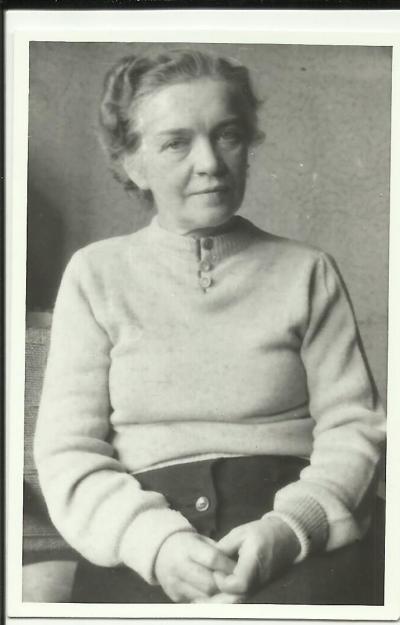
-
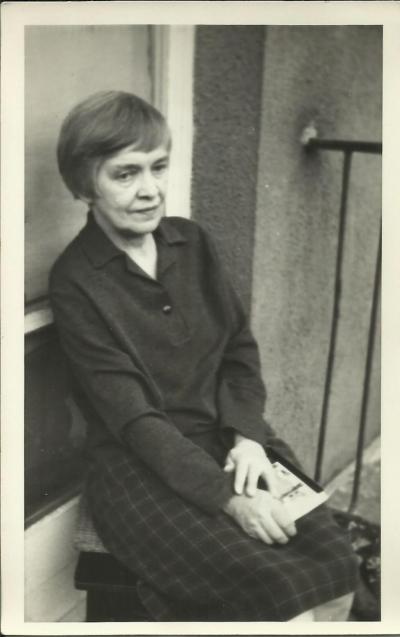
-
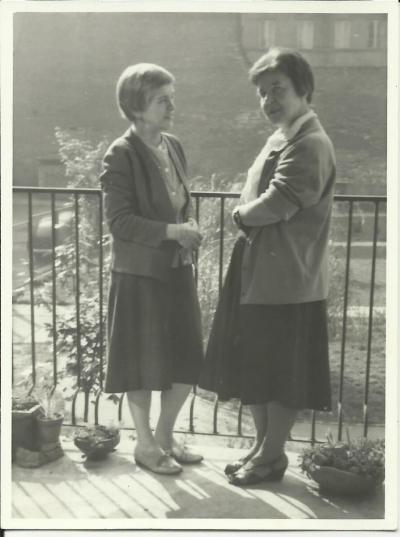
-
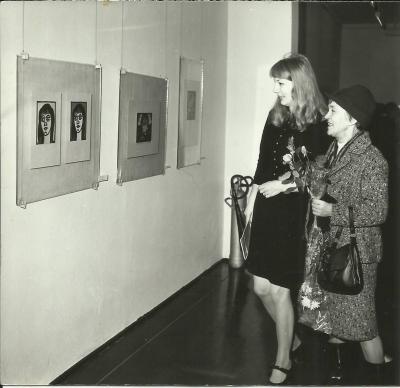
-
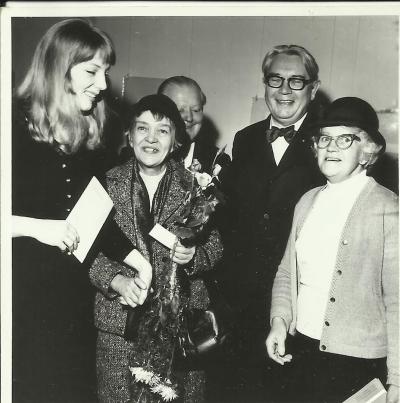
-
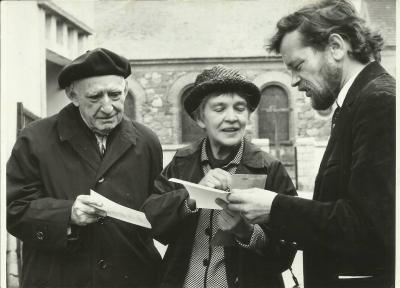
-
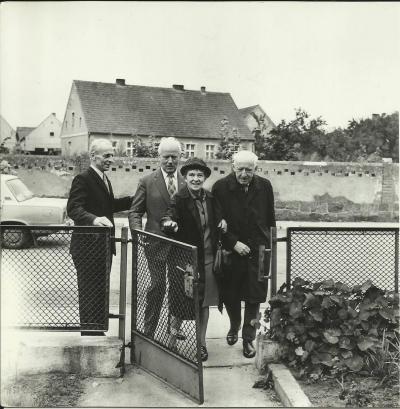
-
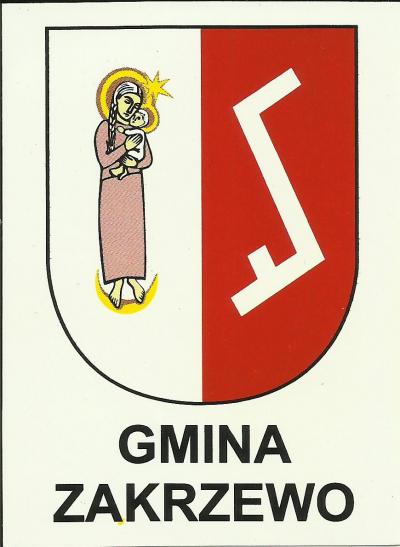
-
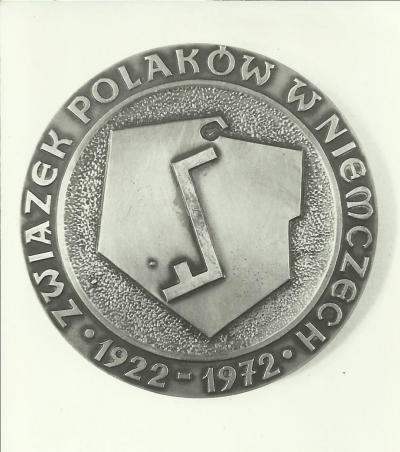
-
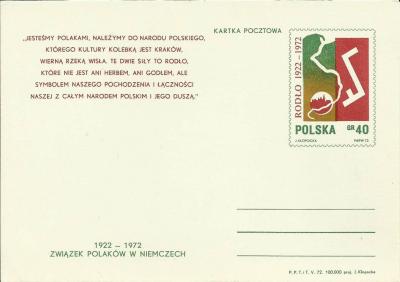
-
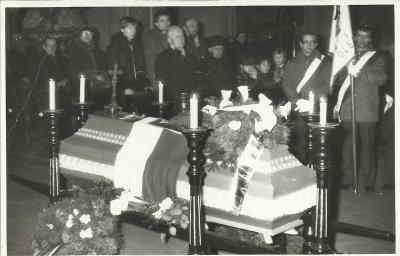
-
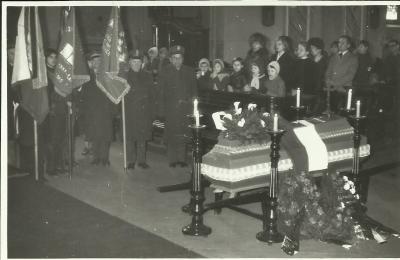
-
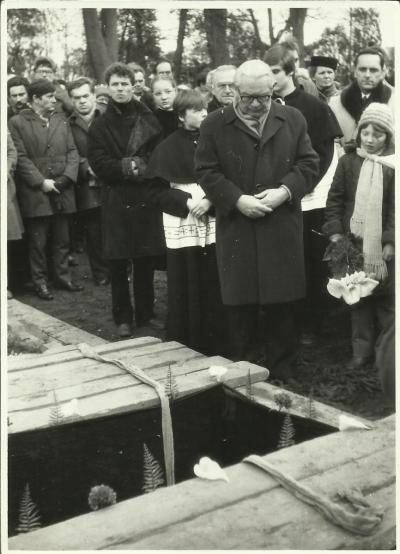
-
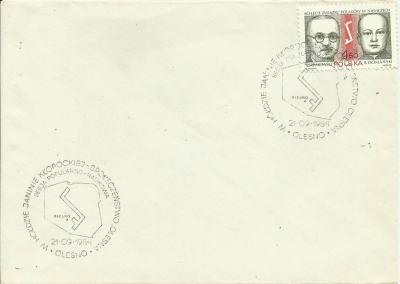
-
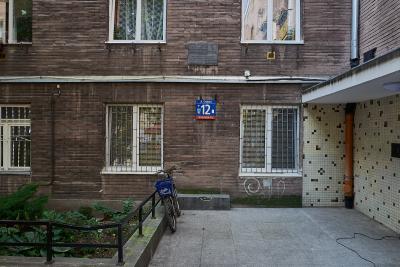
-
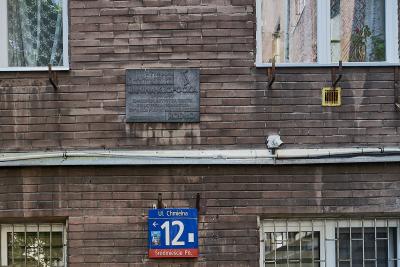
-
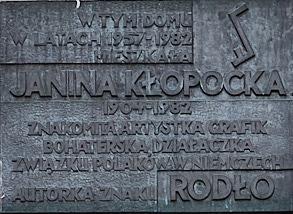
-

Janina Kłopocka - Hörspiel von "COSMO Radio po polsku" auf Deutsch

At the end of the 1930s she joined a new political movement. Given the fact that her works contained religious themes the choice was astounding. At the time a group of young intellectuals in Poland attempted to establish a Slavic movement based on pre-Christian times. The young people propagated extremely radical views with a totalitarian character. They came up with neo--pagan slogans and called on people to haul Poland out of “the depths of its civilisation”. They regarded Catholicism as the reason for its decline. As a result they appealed to people to return to their sources and rediscover their Slavic identity. The monthly periodical, “Zadruga. Pismo Nacjonalistów Polskich“ (Zadruga. Organ of the Polish Nationalists [the term Zadruga referred to a Slavic family of tribes]), became the forum for this movement. Janina Kłopocka wrote three text for “Zadruga”, mostly on philosophical and ethnographic themes. After 1945 she would have to pay heavily for the consequences.
When the Second World War broke out Kłopocka was living in Warsaw, where she opened a small shop in a search for a source of income. She was committed to the underground resistance movement and help to spread pamphlets for two organisations, “Zryw” (Rebellion) and “Kadry Polski Niepodległej” (The Powers of Free Poland), both of whom became a part of the Polish Home Army in 1943. She spent the end of the war in Częstochowa. Most of the art works which she had stored in a house at 14 Dąbrowski Street were lost during the Warsaw Uprising. After the end of the war she moved to Olesno in the County of Opole, where she worked for a few months as the head of the Office of Culture and Art. In 1946 she returned to Warsaw where she took up a job as a graphic artist in the Department of Information and Propaganda at the Ministry of Industry and Trade.
In 1949 she was arrested on the grounds of her former membership of groups associated with the “Zadruga” movement, whose adherents where regarded as supporters of fascism. After almost four years in pre-trial detention she was condemned to a sentence of seven years in jail. But following an amnesty she was released in 1953, sick and exhausted. After such a long period of detention she found it extremely difficult to take up her work as an artist once more. In 1958 she was rehabilitated by a judgement issued by the High Court that recognised that her articles for the monthly periodical “Zadruga” contained no “racist tendencies”. Kłopocka then mobilised all her energy to resume work as an artist. She illustrated books and periodicals for a number of different publishers, and her works were exhibited once again. In 1967 she took part in the “Exhibition on the 50th Anniversary of the Department of Artistic Drawing”. In 1972 the “Biuro Wystaw Artystycznych“ (Agency for Art Exhibitions) in Opole joined forces with the “Opolskie Towarzystwo Kulturalno-Oświatowe (Opole Society for Culture and Education) to present a retrospective of her works.

















































































